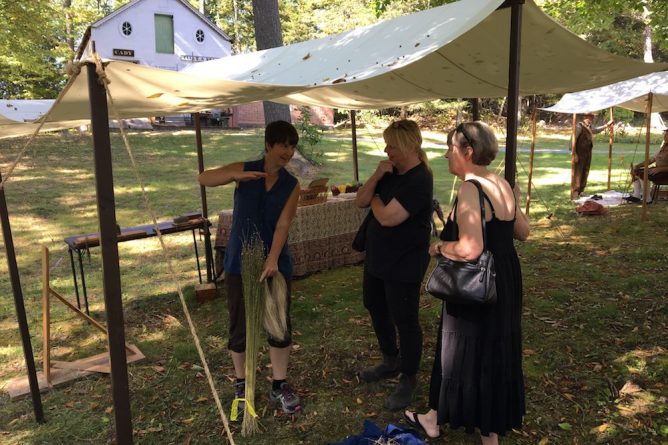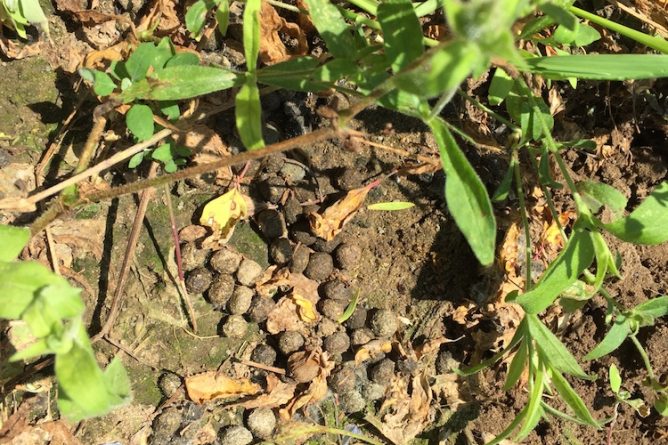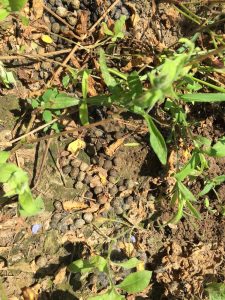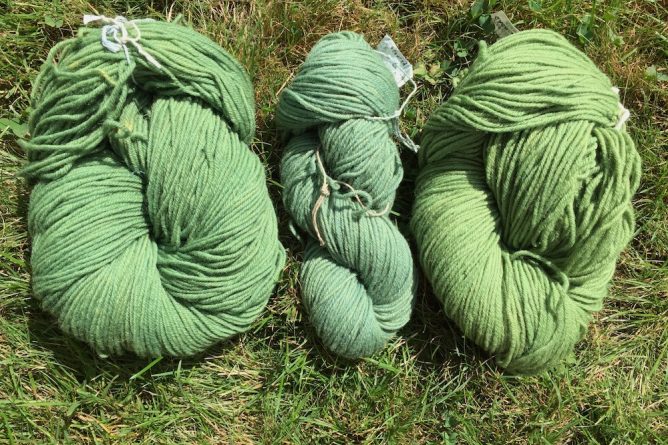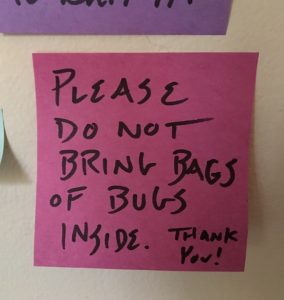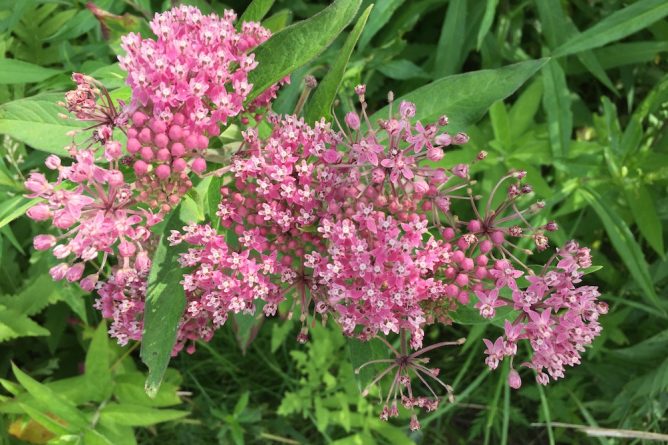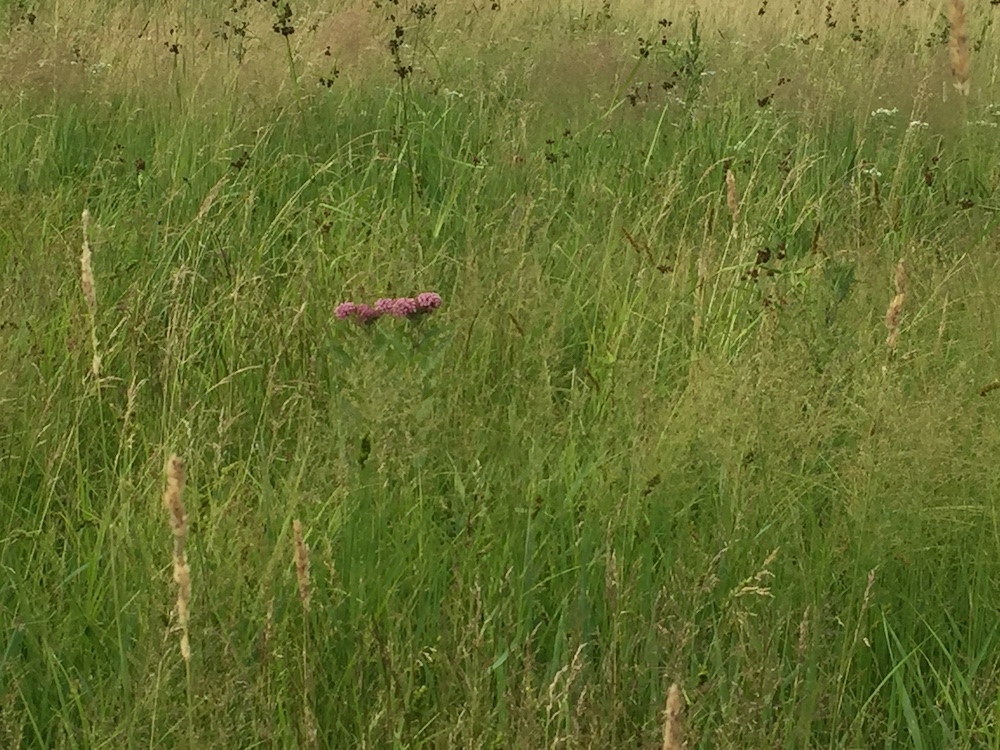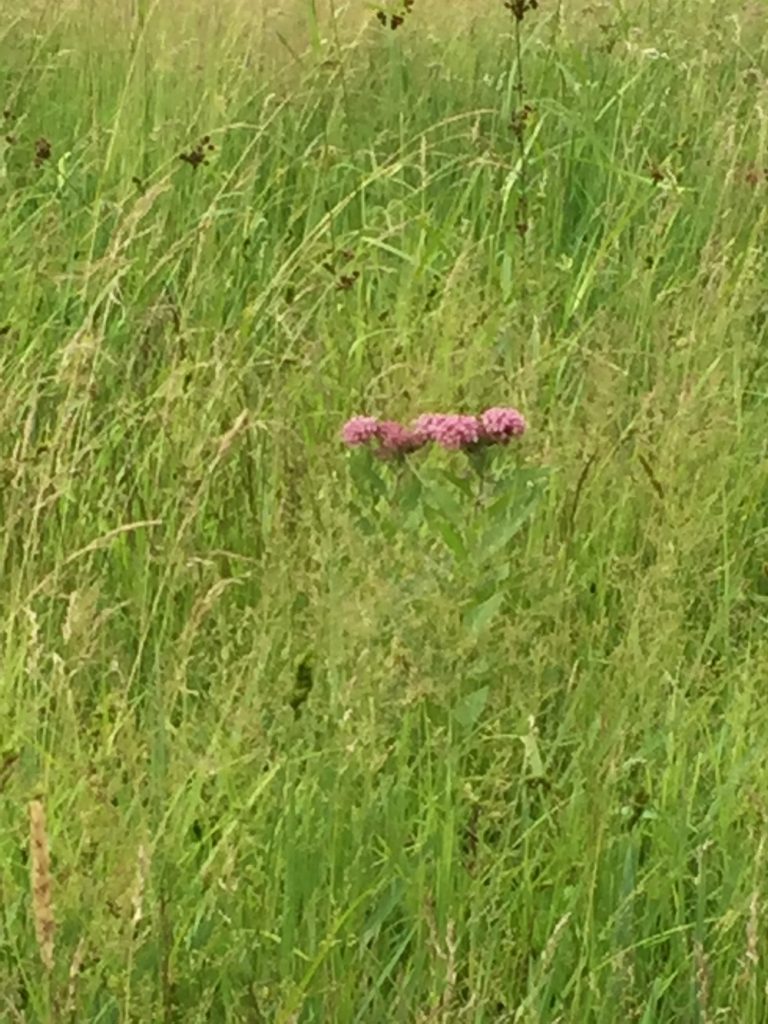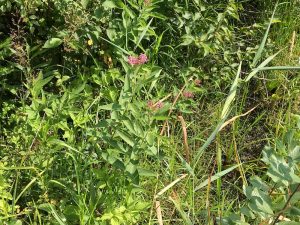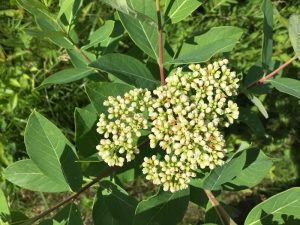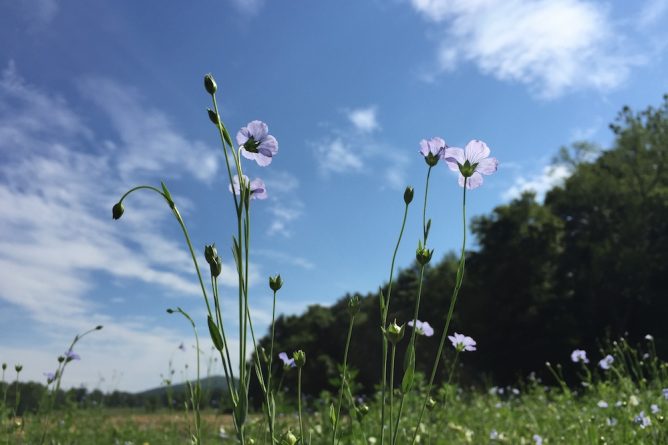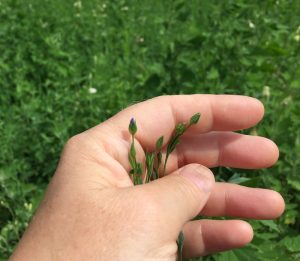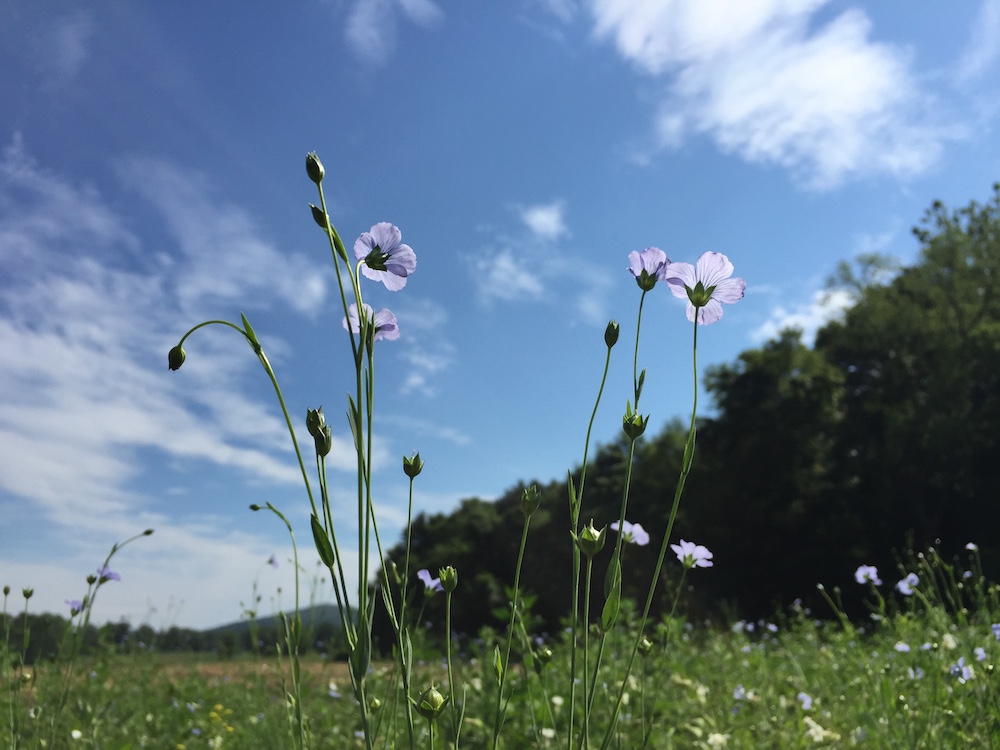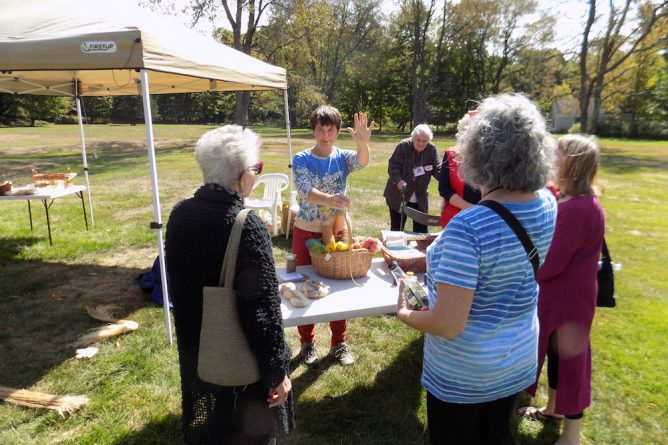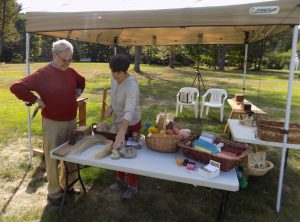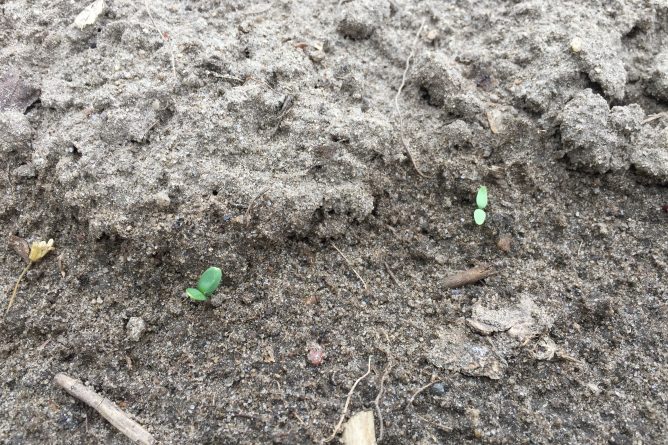On Saturday September 23rd, I demonstrated the flax-to-linen process at Historic Eastfield Village’s Founder’s Day celebration. It was a lovely day! We had a heat wave later that week, but under the oak trees that day it was pleasantly cool and shady.
I brought dried flax stalks with the seeds on, retted flax, and all the tools to break, scutch, and hetchel the fibers. I also had some commercial linen yarns that I dyed with madder, weld, woad, and black walnut.
Historic Eastfield Village is a very interesting place. You can read more about their history, buildings, and classes on their website. Last year, I attended Founders Day with Lisa Bertoldi, on the invitation of Niel DeMarino of the Georgian Kitchen, whom we had met at the Flax and Linen Symposium in August 2016. Continue reading “Historic Eastfield Village 2017”

